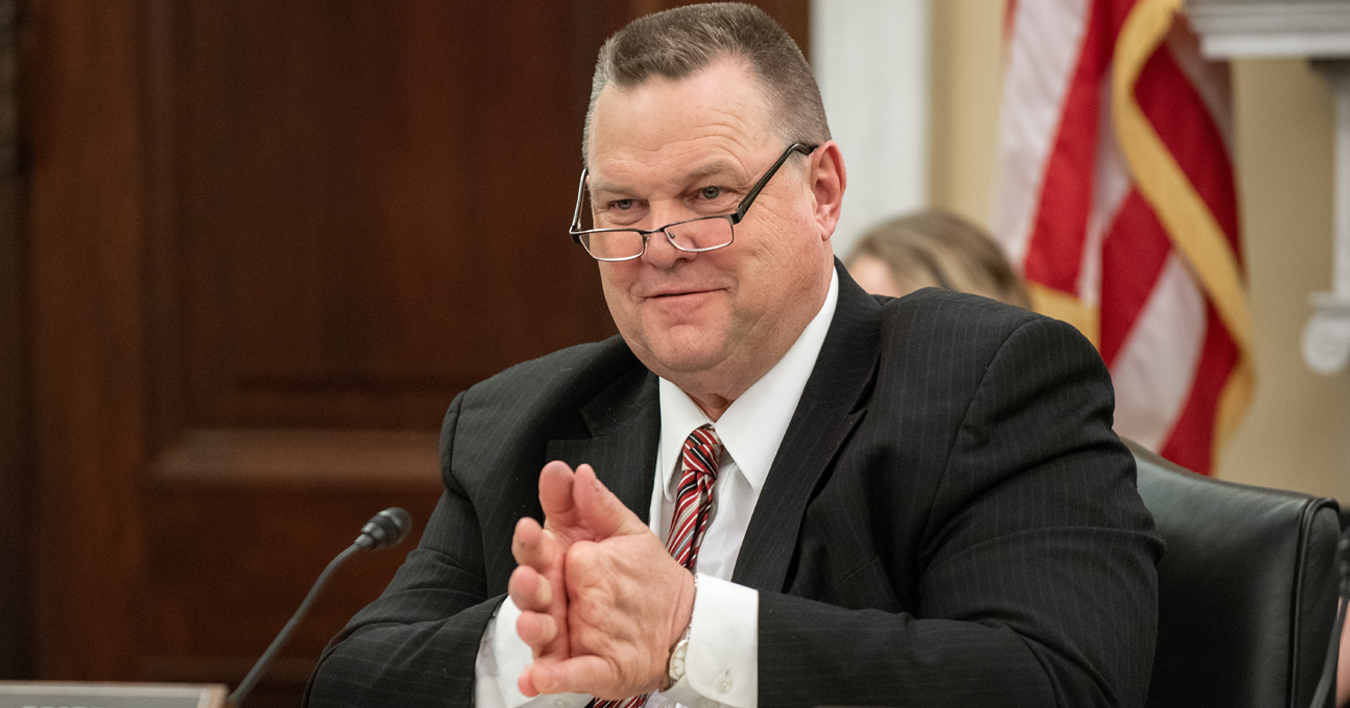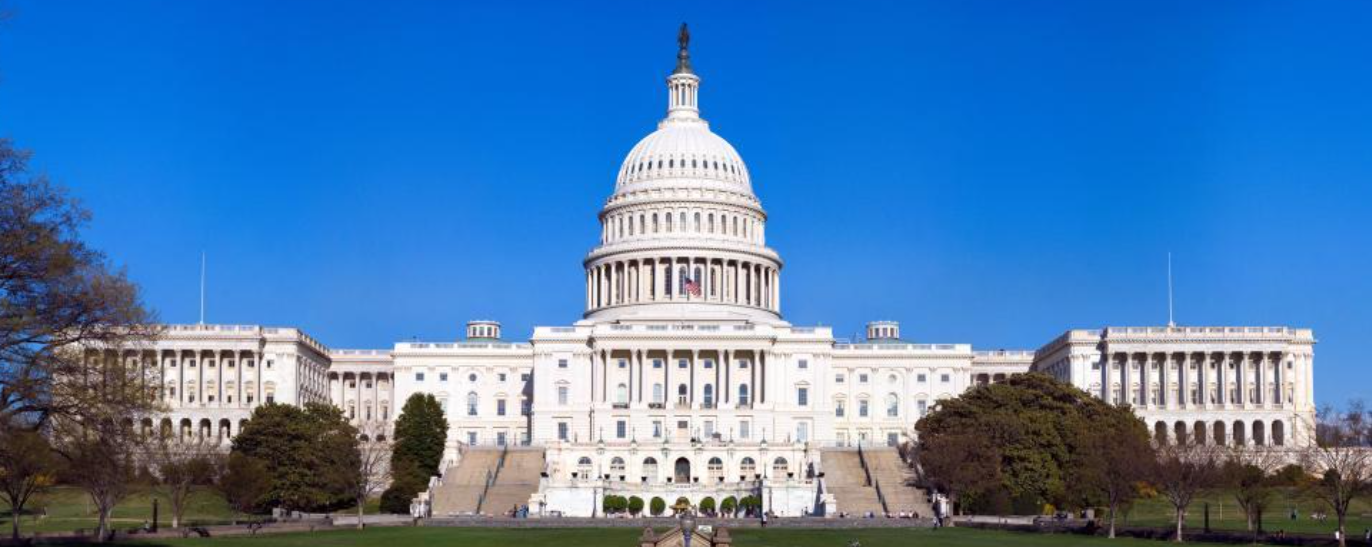As the United States gears up for the highly anticipated 2024 elections, all eyes are on the presidential race and the battle for control of the Senate.Certain states emerge as critical battlegrounds in this political arena, their outcomes wielding significant influence over the composition and direction of the Senate. Drawing upon insights from various sources and analytical tools, we delve into the political landscapes of seven critical states poised to shape the Senate majority in 2024.
West Virginia, Ohio, Pennsylvania, Montana, Arizona, Nevada, and Wisconsin each possess distinct political dynamics, demographic compositions, and historical trends that render them pivotal in the Senate race. We aim to uncover the underlying factors and potential implications of the Senate races in these crucial states through a comprehensive analysis.
West Virginia
Historically, as a Democratic stronghold, West Virginia has witnessed a notable shift towards the Republican Party in recent years. Despite this trend, the state's Democratic Senator Joe Manchin remains a prominent figure known for his independent stance. Manchin's reelection bid and the broader political climate in West Virginia are crucial factors in the Senate race and could have far-reaching consequences for Senate control. Additionally, West Virginia has a popular Republican Governor, Jim Justice, who is running for the US Senate in 2024, potentially adding another layer of complexity to the state's political landscape. In the last US Senate election in 2018, Joe Manchin won by approximately 3 three percentage points.
Ohio
Ohio, often regarded as a bellwether state in national elections, has emerged as another critical battleground in the race for Senate control. While it has leaned more Republican recently, Ohio's status as a swing state makes its Senate race highly competitive. Factors such as voter turnout, demographic shifts, and campaign strategies will likely shape the outcome in Ohio and its implications for the Senate majority. Notably, Ohio has one Democratic and one Republican Senator, and the 2022 Senate election saw significant gains for Republicans. In the last US Senate election in 2018, Sherrod Brown won by approximately 6.5 percentage points.
Pennsylvania
With its significant number of electoral votes and a history of closely contested races, Pennsylvania is poised to be a battleground state again in the 2024 Senate elections. The state's diverse electorate and shifting political dynamics make it a critical focal point for both parties vying for Senate control. The Pennsylvania Senate race is expected to draw significant attention and resources as part of the broader effort to secure majority status in the Senate.
In the last US Senate election in Pennsylvania in 2022, Democratic incumbent Bob Casey Jr. won by approximately 1.5 percentage points over his Republican challenger, Carla Sands. In the previous US Senate election in 2018, Bob Casey Jr. won by approximately 13 percentage points.
Montana
Montana, despite its Republican leanings in recent elections, maintains a reputation for its independent-minded electorate. The Senate race in Montana is a wildcard, with potential for unexpected outcomes and competitive dynamics. Factors such as candidate appeal, campaign messaging, and voter mobilization efforts will influence the trajectory of the Senate race in Montana and its implications for the broader Senate landscape. Additionally, the last Montana Senate election was close, reflecting the state's status as a trending Republican state. In the previous US Senate election in 2018, Jon Tester won by approximately 3 three percentage points.
Arizona
Arizona has emerged as a battleground state in recent years with shifting demographics and competitive Senate races. The state's evolving political landscape, driven by demographic changes and urban-rural divides, presents challenges and opportunities for Senate candidates. The outcome of the Senate race in Arizona is likely to be closely watched, given its potential to tip the balance of power in the Senate. In the last US Senate election in 2020, Mark Kelly won by approximately 2.4 percentage points.
Nevada
With its Democratic-leaning tendencies, Nevada remains crucial in the race for Senate control. The state's Senate race is expected to be competitive, driven by voter turnout, campaign messaging, and the broader political climate. Nevada's changing demographics and electoral dynamics underscore the significance of the Senate race in shaping the Senate majority. In the last US Senate election in 2018, Jacky Rosen won by approximately five percentage points.
Wisconsin
Wisconsin, often a closely contested state in national elections, is poised to be a battleground again in the 2024 Senate race. The state's Senate contest is expected to be fiercely competitive, with implications for Senate control and national politics. Factors such as voter sentiment, campaign strategies, and external events will influence the outcome in Wisconsin and its impact on the Senate majority. In the last US Senate election in 2022, Republican Ron Johnson won by about 30k votes or half a point, indicating the state's closely divided political landscape. In the last US Senate election in 2018, Tammy Baldwin won by approximately 11 percentage points.
Conclusion
In the impending 2024 Senate elections, these seven states stand as linchpins in the quest for Senate control. From West Virginia's unique political landscape to the perennial swing of Ohio and Pennsylvania, each state holds sway over the Senate's future composition. Whether it's the independent streak of Montana, the demographic shifts in Arizona and Nevada, or the fiercely contested races in Wisconsin, the outcomes in these states will reverberate throughout the nation.





-1.png)